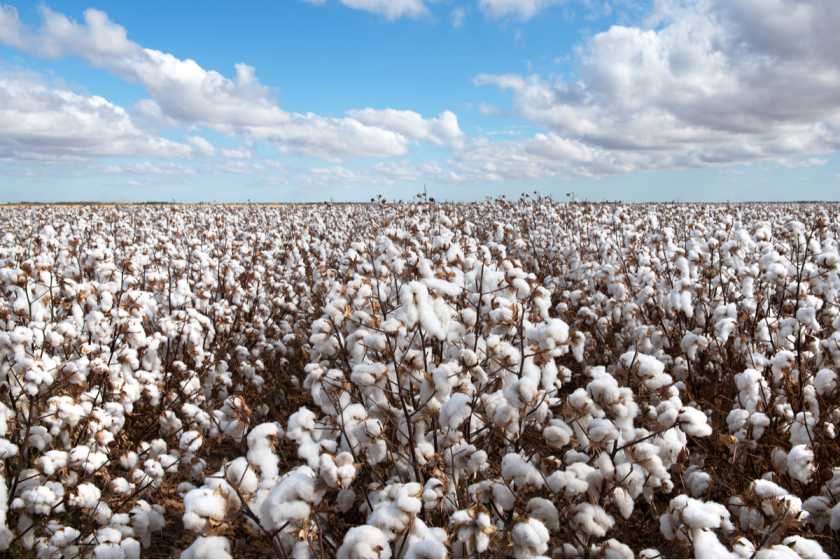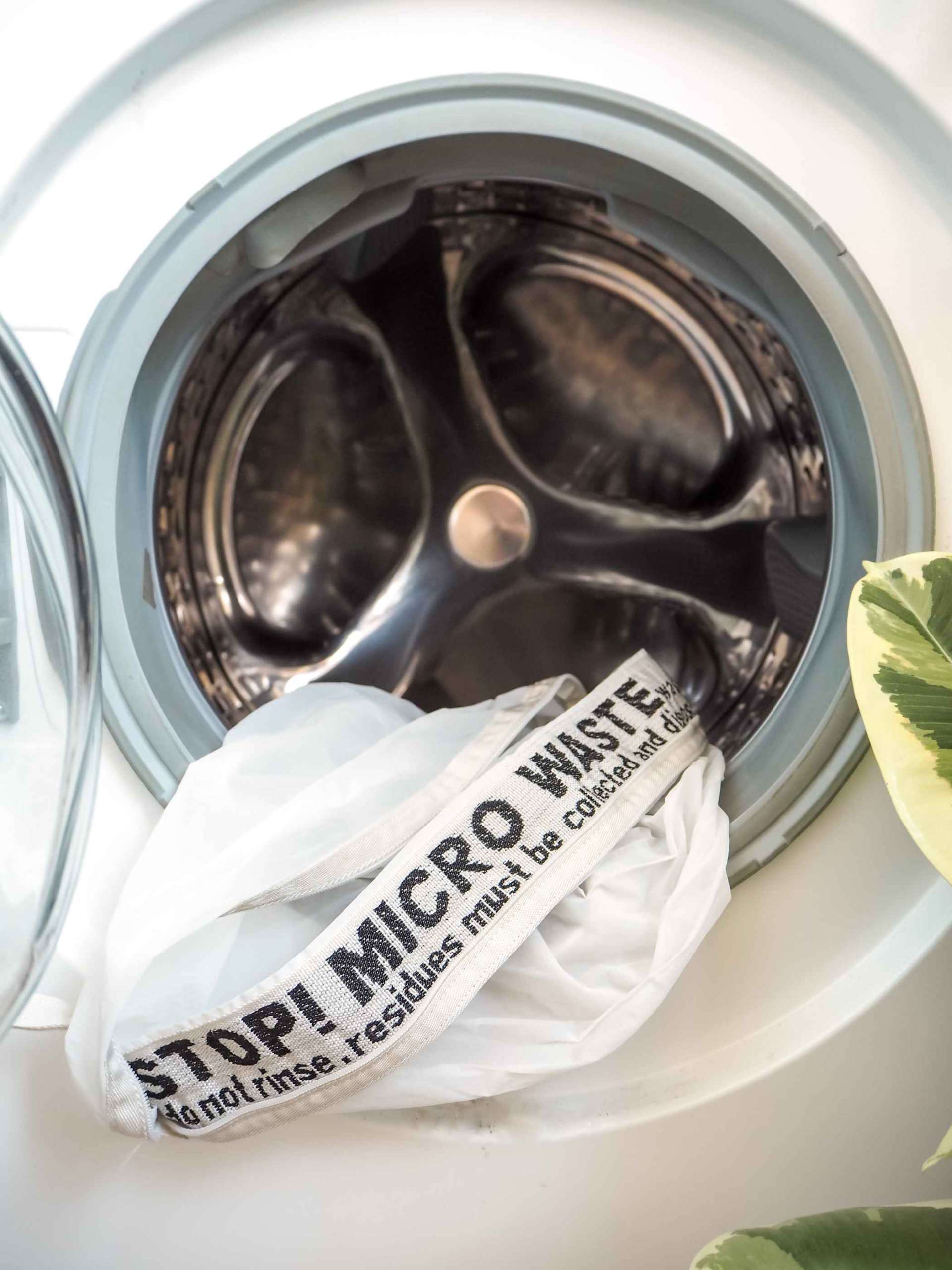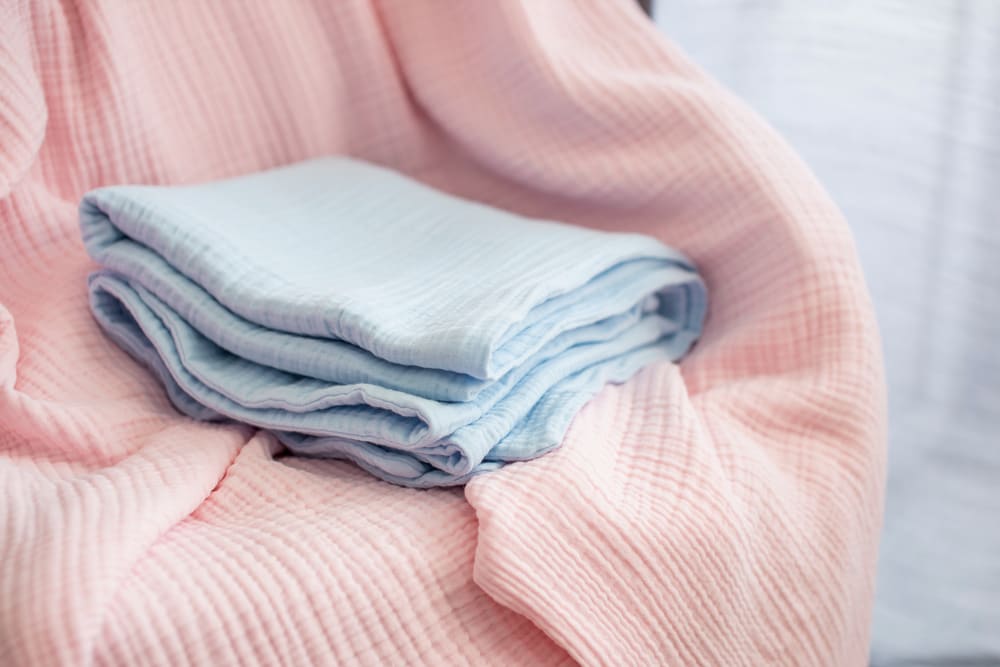Cotton - Types of Cotton, Production Process, Major Producers, Uses, and Sustainability



| Fabric | Cotton |
| Types | Egyptian cotton, Asian cotton, Central American cotton, and South American cotton. |
| Major Producer | India (Maharashtra and Gujarat) |
| Used For | Shirts, tshirts, dresses, ethnicwear, loungewear, nightwear, lingerie, trousers, sarees, shorts, bedsheet, pillow covers, curtains, and more |
| Thread Count | Maximum 1600 |
| Breathability | High |
Until the 19th century, India was the global leader in cotton production and it was only after the British moved towards American cotton (since it was processed from industries) that the demand for Indian cotton declined. Historically, cotton fiber, which is processed from the boll of the shrub Gossypium, has been proven to be first cultivated in the South Asian region and there are evidences to suggest that it's first use dates back as far as 5500 B.C. Neolithic sites in Mehrgarh and Balochistan have given archeologists first samples of the ancient cotton cultivated there. The use of cotton became widespread in the Indus valley civilization and it's no surprise that cotton still continues to be the fabric of choice for the people in South Asian countries.
Types of Cotton

While there are many varieties of the cotton producing plant, it's grossly divided into 4 varieties: Egyptian cotton, Asian cotton, Central American cotton, and South American cotton. The Latin American variety called Gossypium barbadense or Pima is considered the best among all because of its soft consistency and it's resistance against wrinkling and fading. In India, all 4 varieties of cotton are grown while the one that's cultivated most is Gossypium hirsutism (Central American cotton).
Cotton — The universal fabric of choice
Cotton is mainly used for clothing, bedding, household upholstery, and also for some medical supplies. Cotton is the fabric of choice for t-shirts and regular wear in the humid tropical and subtropical regions. Today, however, the fabric is facing tough competition from other cheaper but less sustainable alternatives. The need of the hour is to reinvent and reinvest in cotton and find means of making its production, supply, and distribution easier.

The hot subtropical Indian climate makes plain woven cotton called muslin a fabric of choice for most people. It has extremely good breathability and easy washability. That is the reason for it being used in almost all Indian cultures from the cotton Lungi/Dhoti in South and East India to cotton Kurta in North and Western parts of India.
Cotton Production
The process of cotton production consists of hand picking the cotton bolls, separating the fiber from the seeds which is called ginning and then rolling the fibres into balls which is called baling. After this preparatory process, the cotton bols are spun into threads and then finally woven into a cloth.
Organic Cotton
India is the largest cotton producer in the world and the highest cotton production comes from the states of Maharashtra and Gujarat. Unfortunately, right now only 1% of the cotton produced in India is organic but that accounts for 56% of the world’s organic cotton. There is a growing need to shift from input driven cotton cultivation to sustainable farming. The need arises from the fact that the continuous use of pesticides, fertilisers and unsustainable agricultural practices eventually turn the soil barren thus creating huge distress for the cultivator and the industry as well. The use of biofertilizers and organic pesticides will be beneficial in the long run for an industry that has just started to battle with the effects of climate change.

It also would be in the greater benefit of the industry to recognize and promote organic cotton as a sustainable fabric for the future, encouraging small scale cultivators and dealers in the process. In a world that's undergoing a paradigm shift in terms of how we view our relationship with the planet, the focus should be on exploring and creating new sustainable options for the manufacturers and promoting ethical transparency.



















